Standard For Charging System Of Electric Vehicle Charging Pile
The electric vehicle charging pile, as an energy supply station for electric vehicle operation, is an important supporting infrastructure necessary for the development of electric vehicle commercialization. The installation, debugging, operation and maintenance of electric vehicle charging facilities are an important part of promoting and supporting the development of electric vehicles. The relationship between electric vehicles and their charging facilities is "development" and "guarantee". Today we will understand the standard of the charging system of the electric vehicle charging pile together.
At present, the construction of electric vehicle charging facilities is small in scale and few in number, so most of the technologies related to electric vehicle charging facilities are still in the initial stage of practical application. The international standard for electric vehicle charging systems is mainly IEC61851: 2001 issued by the International Electrotechnical Commission (IEC). The standard includes three parts, namely the general requirements (part1), the connection requirements for electric vehicles and AC / DC power supplies (part2-1 ), Requirements for electric vehicles and AC / DC charging stations (part2-2).
According to the development status of domestic electric vehicles, China formulated three standards in 2001. These three national standards are equivalent (or equivalent) to adopt the three parts of IEC61851: 2001. In recent years, with the rapid development of electric vehicles and electric power technology, these standards have been unable to fully meet the current development needs, and these standards lack communication protocols, monitoring systems and other aspects. In order to regulate the application of internal electric vehicles, State Grid Corporation has promulgated six enterprise standards related to electric vehicle charging facilities.
At present, the lack of application integration technology and related standards and specifications of power supply, charging and battery systems is still the main weak link in the promotion and application of electric vehicles, which brings great difficulties to the future development of electric vehicles and the unified planning of charging facilities. . There is no mature product for the charging facility monitoring system that can ensure the normal operation of large-scale charging facilities. There is no unified standard for the communication protocol and communication interface between the charging facility monitoring system and the charging pile, and there is no information connection between the charging facilities.
Electric vehicle charging connector standard
(1) CHAdeMO fast charging socket
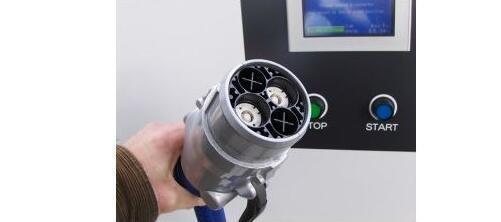
CHAdeMO fast charging socket
CHAdeMO is the abbreviation of CHArgedeMove, and is a CHAdeMO socket supported by Nissan and Mitsubishi Motors. CHAdeMO translated from Japanese means "charging time is as short as a tea break." This DC fast charging socket can provide a maximum charging capacity of 50kW.
The fast charging method adopted by CHAdeMO, the current is controlled by the CAN bus signal of the car. That is, while monitoring the battery status, the current value required for charging is calculated in real time, and a notification is sent to the fast charging pile through the communication line. The fast charging pile receives the current command from the car in time and provides the current according to the specified value.
The battery management system monitors the battery status while controlling the current in real time, fully implementing the functions required for fast and safe charging, ensuring that charging is not restricted by the universality of the battery. In Japan, 1,154 fast charging stations built in accordance with CHAdeMO standards have been put into use. In the United States, charging stations built using the CHAdeMO standard have also been promoted. The latest data from the US Department of Energy shows that there are currently 1,344 CHAdeMO AC fast charging stations in the United States.
The advantage of CHAdeMO fast charging socket is that in addition to the data control line, it also uses the CAN bus as a communication interface. Due to its excellent noise resistance and high error detection capability, high communication stability and reliability, its good charging safety record has been received Yes.
The disadvantage of the CHAdeMO fast charging socket is that the originally designed charging output power is 100kW, and the connector is very bulky, but the output power during charging is only 50kW.
(2) Combo socket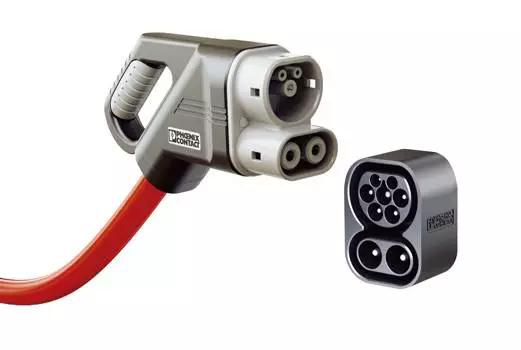
Combo socket
Combo sockets can allow slow and fast charging of electric vehicles. It is currently the most widely used socket type in Europe, including Audi, BMW, Chrysler, Daimler, Ford, GM, Porsche and Volkswagen are equipped with SAE (American Society of Automotive Engineers) The charging interface has been developed; and such sockets can also be compatible with the Menkenes type.
On October 2, 2012, the SAEJ1772 revised draft voted by the SAE related committee members became the only formal DC charging standard in the world. The introduction of the standard is to change the current status of the fish-dragon hybrid charging system and to increase consumers' enthusiasm for the purchase of electric vehicles. Based on the standard on DC fast charging formulated by the SAEJ1772 revision, its core is the Combo connector.
The previous version of the standard (developed in 2010) clarified the specifications of the basic J1772 connector used for AC charging, and the charging level was low (AC Level 1 for 120V and Level 2 for 240V). This basic connector has been widely used and is compatible with Nissan LeFon, Chevrolet Volanda and Mitsubishi i-MiEV electric vehicles. In addition to all the original functions, the Combo connector in the new J1772 standard developed in 2012 has two more pins that can be used for DC fast charging, but it is not compatible with the old electric vehicles currently produced.
The advantage of the Combo socket is that future car manufacturers can use a socket on their new models, not only for the first-generation basic AC connector with a smaller size, but also for the second-generation Combo connector with a larger size. It can provide DC and AC currents and charge at two different speeds.
The disadvantage of the Combo socket is that the fast charging mode requires charging facilities to provide a current of 500V and up to 200A.
(3)Tesla socket
Tesla socket
Tesla cars have their own charging standards, claiming to be able to charge more than 300km in 30 minutes, so the maximum capacity of its charging socket can reach 120kW and the maximum current can reach 80A. At present, Tesla has 908 super charging stations in the United States, and in order to enter China, Tesla has also established 7 super charging stations in China, 3 in Shanghai, 2 in Beijing, 1 in Hangzhou, and 1 in Shenzhen.
In order to better integrate into various regions, Tesla plans to abandon the control of charging standards and adopt the national standards of various countries, which has already been implemented in China. The advantages of Tesla sockets are advanced technology and high charging efficiency. The disadvantage of the Tesla socket is that it is contrary to the national standards of various countries. It is difficult to increase sales without compromise; after the compromise, the charging efficiency will be discounted, which is in a dilemma.
(4) CCS standard charging socket
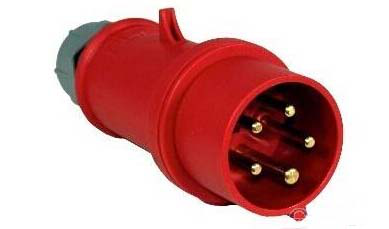
CCS standard charging socket
In order to change the status of the chaotic charging interface standard, the eight major manufacturers in the US and Germany (Ford, GM, Chrysler, Audi, BMW, Mercedes-Benz, Volkswagen and Porsche) released the "joint charging system" in 2012. "Combined charging system", or "CCS" standard.
The "joint charging system" can unify all the current charging interfaces, so that with one interface, it can complete four modes of single-phase AC charging, fast three-phase AC charging, household DC charging and overspeed DC charging. Both home and outdoor charging stations can use this type of charging socket (slow charging method) that can provide a maximum of 32A AC current.
SAE has selected the joint charging system as its standard. In addition to SAE, the European Automobile Manufacturers Association (ACEA) has also announced the selection of the joint charging system as the DC / AC charging interface, which will be used for all plug-in sales in Europe since 2017 Electric electric car. Since Germany and China unified the charging standards for electric vehicles in 2014, China has also joined the European and American department, bringing unprecedented opportunities for the development of electric vehicles in China.
The advantage of the CEE standard charging socket is that the three German car manufacturers BMW, Daimler and Volkswagen will increase their investment in electric vehicles in China, and the CCS standard will be more beneficial to China.
The disadvantage of the CEE standard charging socket is that electric vehicles that support the "CCS" standard are either sold less or have just begun to be sold.
(5)GB / T 20234 socket
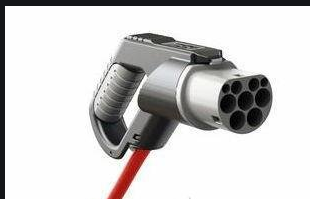
GB / T 20234 socket
In 2006, China issued the "General Requirements for Plugs, Sockets, Vehicle Couplings and Vehicle Jacks for Conductive Charging of Electric Vehicles" (GB / T 20234-2006), which specifies the charging current as 16A, 32A, 250A AC and 400A The DC connection classification method mainly draws on the standards proposed by the International Electrotechnical Commission (IEC) in 2003, but this standard does not specify the number of pins, physical dimensions and interface definitions of the charging interface. In 2011, China introduced the recommended standard of GB / T 20234-2011, replacing part of GB / T 20234-2006, which stipulates that: the AC rated voltage does not exceed 690V, the frequency is 50Hz, and the rated current does not exceed 250A; DC The rated voltage does not exceed 1000V and the rated current does not exceed 400A. The advantage of GB / T 20234 socket is that compared with the 2006 national standard, more charging interface parameters have been calibrated in detail.
The disadvantage of GB / T 20234 socket is that the standard is still not perfect. In addition, it is only a recommended standard and is not enforced.
Car companies in various countries have gradually realized that "standards" are the key factors that affect the development prospects of electric vehicles. In recent years, global charging standards have gradually moved from "diversification" to "centralization." But in order to truly realize the unified charging standard, in addition to the interface standard, the current communication standard is also required. The former is related to whether the connector is compatible, and the latter affects whether the plug can be powered on when inserted. The standardization of charging standards for electric vehicles still has a long way to go, and car companies and governments of all countries need to further "relax their postures" before electric vehicles can have a future.
JYFT is a professional HDMI cable Factory, we provide multiple types of automobile high voltage cable, M23 Cable, plastic fiber optic cable, etc. If you want to buy our products, please contact us.






 Related Products
Related Products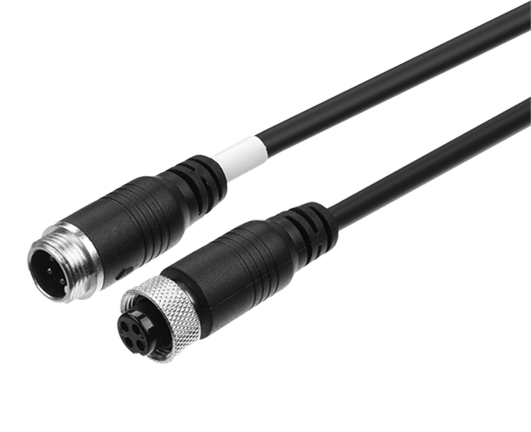
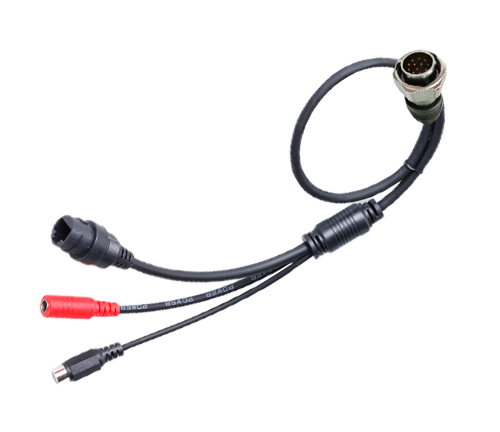
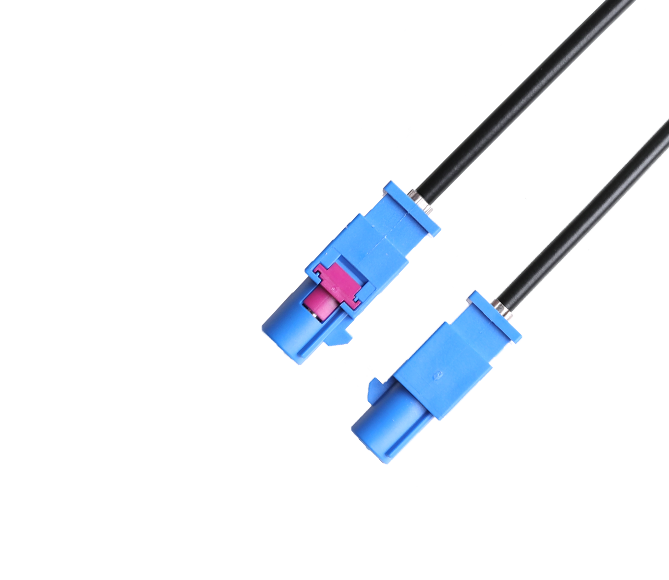
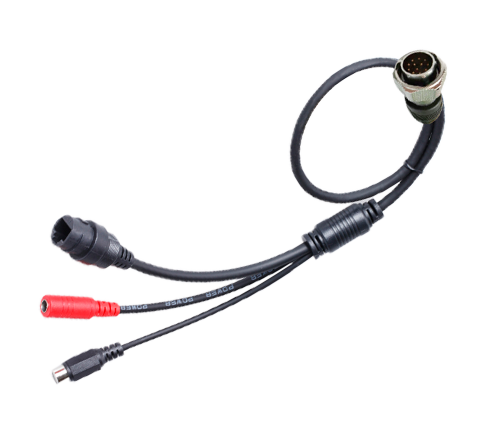














View More(Total0)Comment Lists